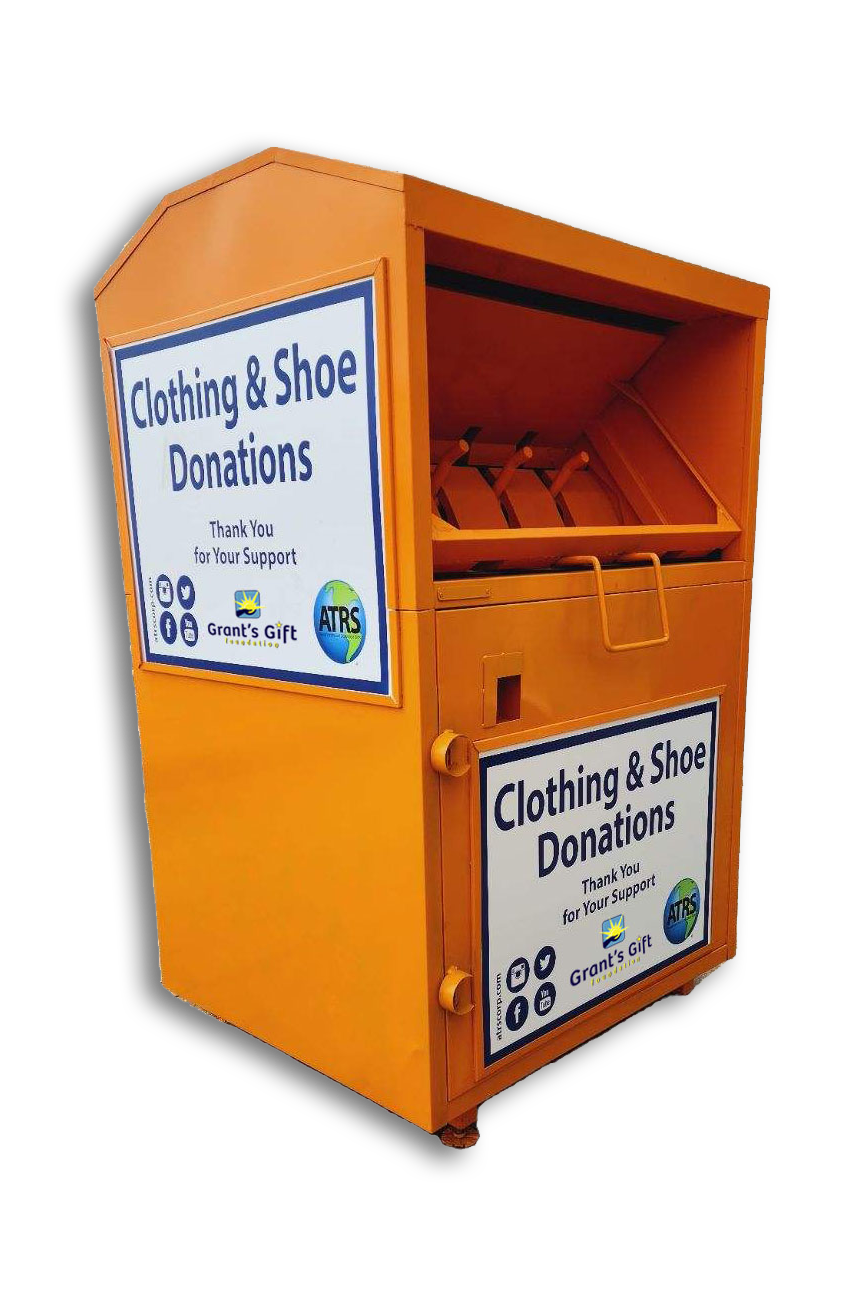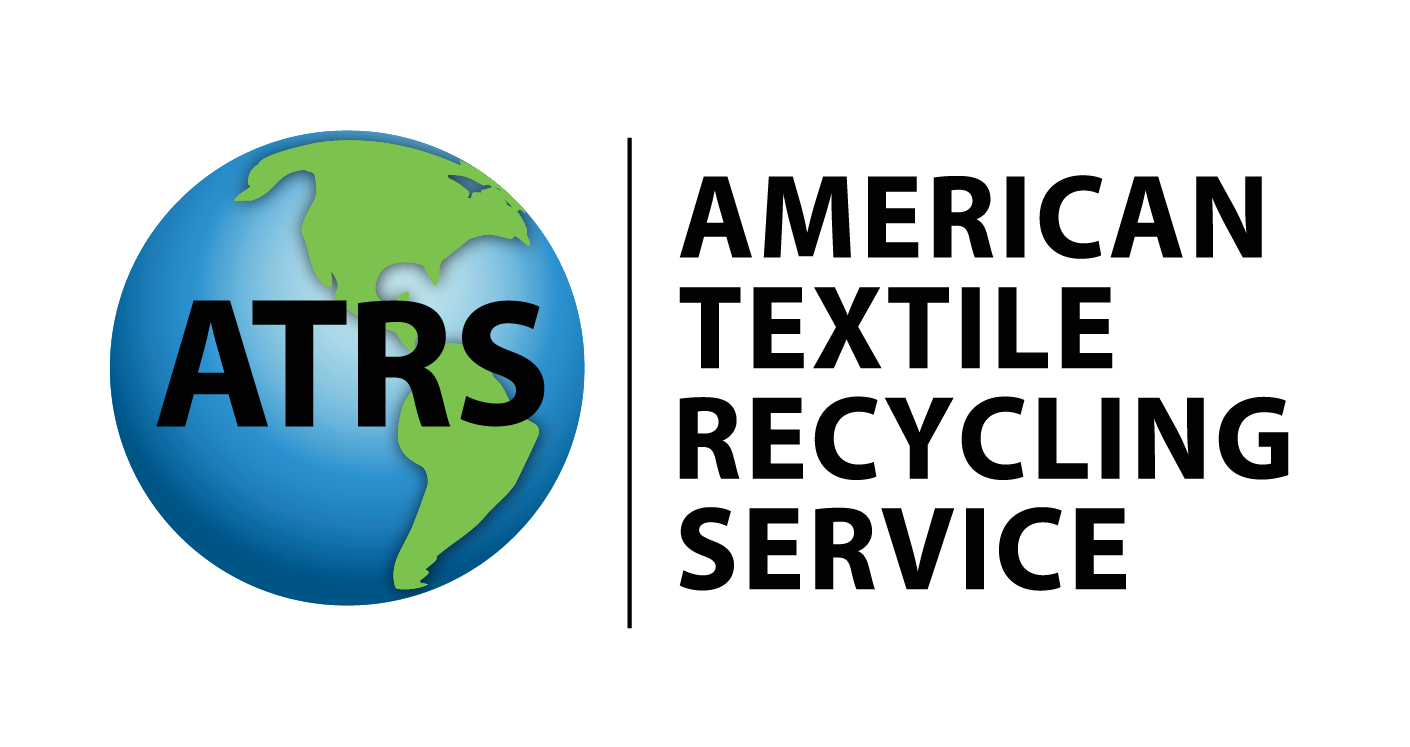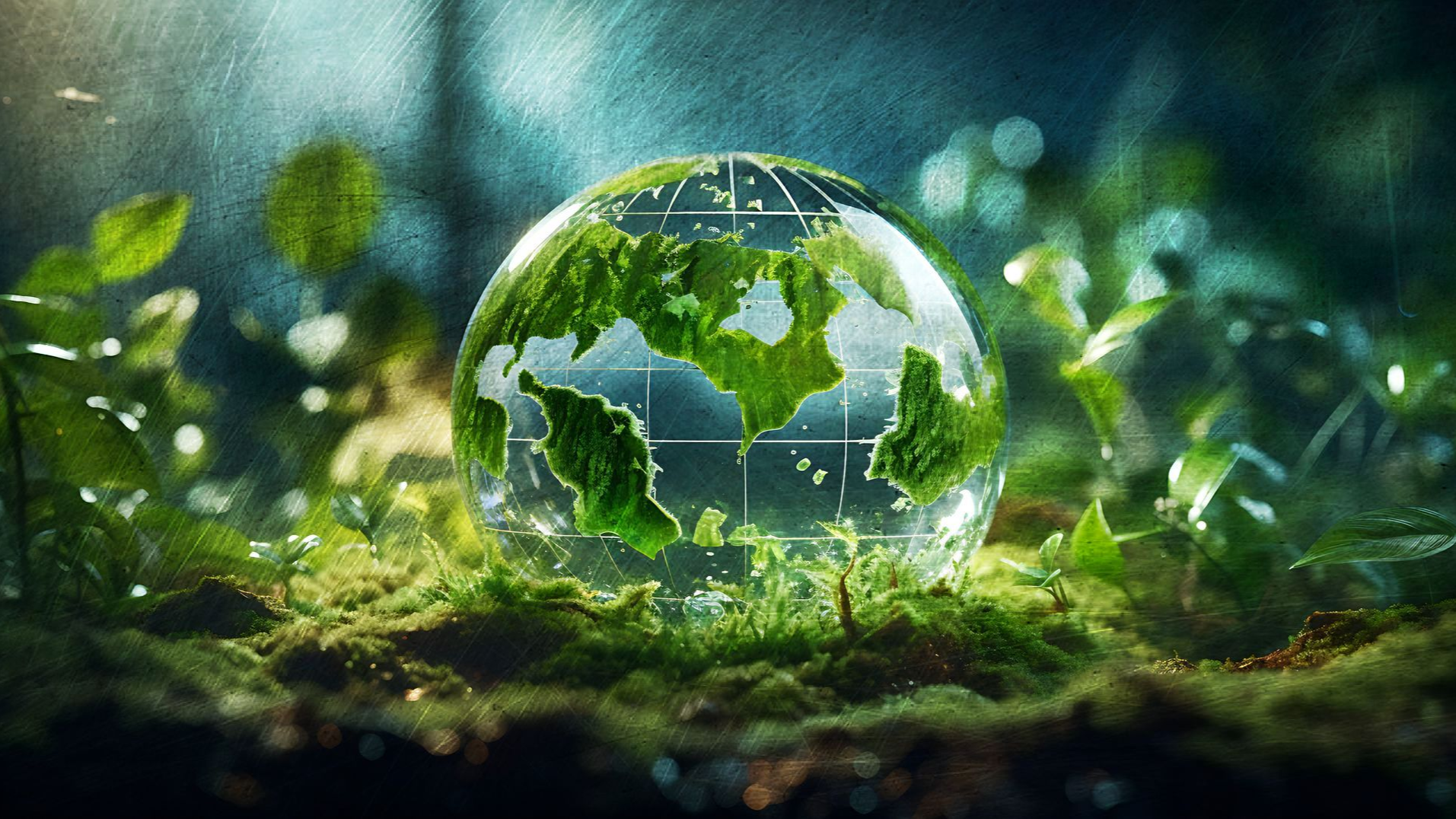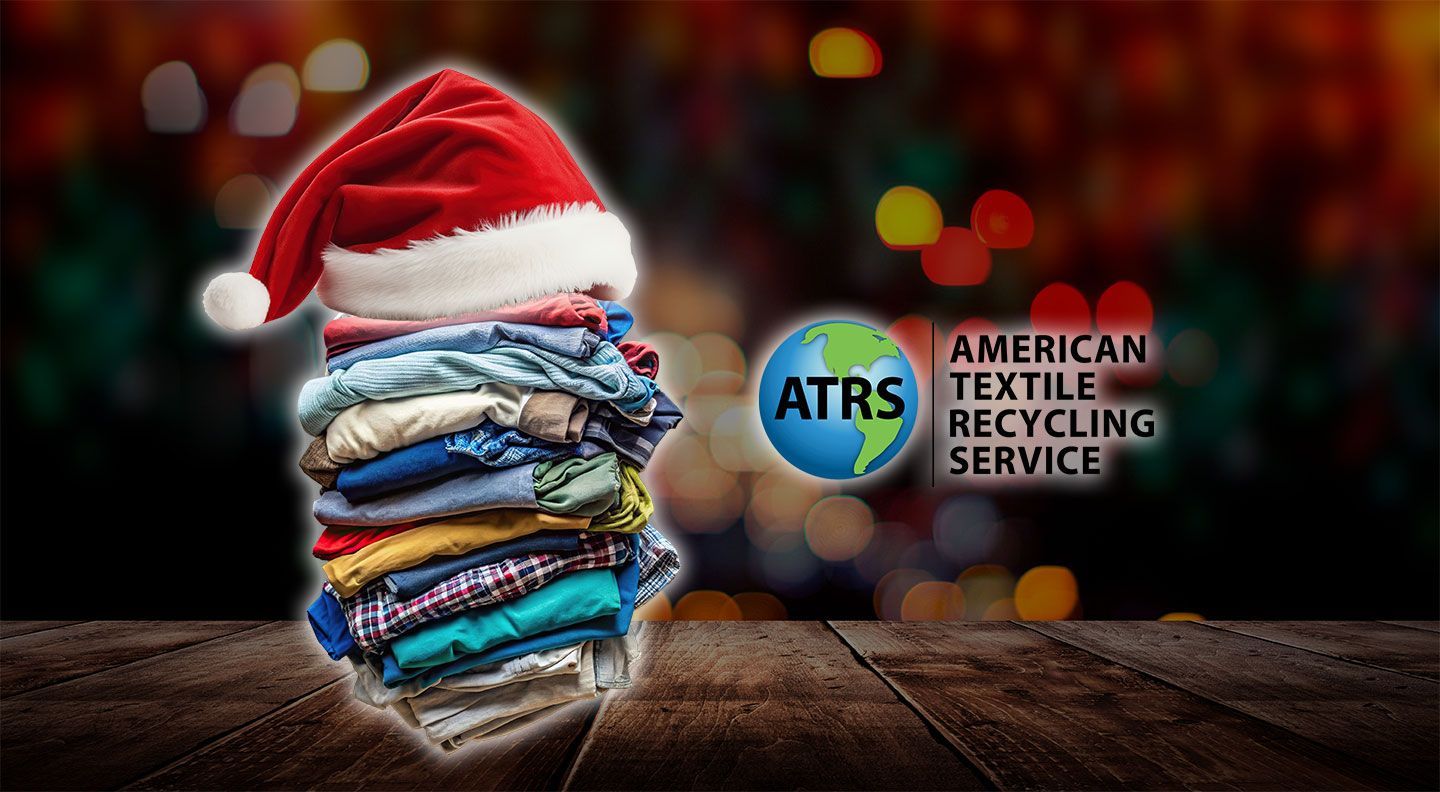5 Surprising Facts About Textile Waste That Might Shock You
Become a part of the solution.
Textile waste is one of the most overlooked environmental issues of our time. While many of us donate clothing or toss old items in a donation bin with the best of intentions, the true impact of our discarded clothes might surprise you. The textile industry is one of the largest contributors to pollution and waste globally, and its effects are far-reaching.
Here are five shocking facts about textile waste that will make you think twice the next time you clean out your closet.
1. The Fashion Industry is the Second Largest Polluter in the World
When we think of major environmental polluters, industries like oil and gas come to mind. But what if we told you the fashion industry is the second largest polluter globally, right after the oil industry?
According to the United Nations Environment Programme (UNEP), the textile industry accounts for 10% of global carbon emissions and is the second largest consumer of water worldwide. The production of textiles, particularly fast fashion, requires massive amounts of resources like water, energy, and raw materials. Unfortunately, this comes with a major environmental cost, especially when most of these items are discarded prematurely.
2. 92 Million Tons of Textile Waste Are Discarded Each Year
You read that right. Every single year, the world discards a mind-boggling 92 million tons of textiles. To put it into perspective, this is equivalent to one truckload of textiles being thrown away every second. Most of this waste ends up in landfills, where it takes decades, or even centuries, to break down.
What’s worse, much of this textile waste consists of synthetic fibers like polyester, which can take up to 200 years to decompose. These fibers release toxic chemicals into the environment as they break down, further exacerbating environmental damage.
3. 85% of Textiles in Landfills Could Be Recycled
Here’s another shocking statistic: around 85% of textiles that end up in landfills could be recycled, reused, or repurposed. Many of the clothes we toss out are made from recyclable materials such as cotton, polyester, and wool. Instead of discarding these fabrics, they could be upcycled, donated, or recycled into new products.
The problem is that a lot of people simply aren’t aware of the recycling options available. Moreover, many donation bins aren’t always equipped to handle textile waste in a way that’s environmentally responsible, leading to significant amounts of clothing being sent to waste without properly addressing the reuse or recycling potential.
4. Fast Fashion Contributes to 20% of Global Water Pollution
The rise of fast fashion has been a major factor in the textile waste crisis. The production of cheap, trendy clothes comes at a high cost to the environment, especially when it comes to water.
It takes approximately 2,700 liters of water to make a single cotton shirt. To make matters worse, much of the dye used in clothing production contains toxic chemicals that eventually end up in water systems, contributing to 20% of global water pollution. The harmful chemicals used in textile production can poison rivers, lakes, and oceans, harming aquatic life and even entering the human food chain through contaminated water.
5. Clothing Production Has Doubled in the Last 20 Years
We live in a time of overconsumption, and the fashion industry has boomed to meet the demand for cheap, disposable clothing. Over the past two decades, clothing production has doubled, with people now buying clothes more frequently than ever before. According to the Fashion Revolution report, clothing production increased by 60% between 2000 and 2014 alone.
However, while we’re buying more clothes than ever, the lifespan of garments has significantly decreased. The average American now keeps an item of clothing for just three years before it’s discarded, compared to six years in 2000. This short lifespan contributes to the growing piles of textile waste and pushes the demand for even more fast fashion, creating a dangerous cycle of production and disposal.
What Can You Do to Help?
The textile waste crisis may seem overwhelming, but there are simple, sustainable actions we can all take to make a difference. Here are some ways you can help reduce the environmental impact of clothing waste:
Donate or Recycle: Instead of tossing your old clothes, donate them to a local charity or take them to a textile recycling bin like ATRS. Recycling textiles reduces the demand for new raw materials, conserving resources and reducing carbon emissions.
Buy Less, Choose Wisely: Commit to buying fewer, higher-quality items that last longer. Instead of succumbing to fast fashion, consider investing in durable, timeless pieces that won’t wear out or go out of style in a few months.
Embrace Secondhand: Thrift stores and consignment shops are excellent ways to extend the lifespan of clothing and keep garments out of landfills. You can find unique, high-quality pieces at affordable prices while also contributing to a more sustainable economy.
Upcycle or Repurpose: If you have clothes you no longer wear, consider upcycling them into new products. There are many creative ways to turn old shirts, pants, and jackets into something new and useful.
Support Sustainable Brands: Look for brands that prioritize sustainability, ethical production, and transparent supply chains. By supporting these companies, you help drive demand for more eco-friendly practices in the fashion industry.
The textile waste crisis is one of the most pressing environmental issues of our time. From overwhelming landfills to damaging water systems, the impact of our discarded clothes can no longer be ignored. However, with small, mindful actions, we can make a significant difference. By choosing to donate, recycle, and buy sustainably, we can all contribute to reducing textile waste and help make our planet a cleaner, greener place for future generations.
Let’s be part of the solution. Start today! Donate, recycle, and repurpose. Together, we can make a real impact.











